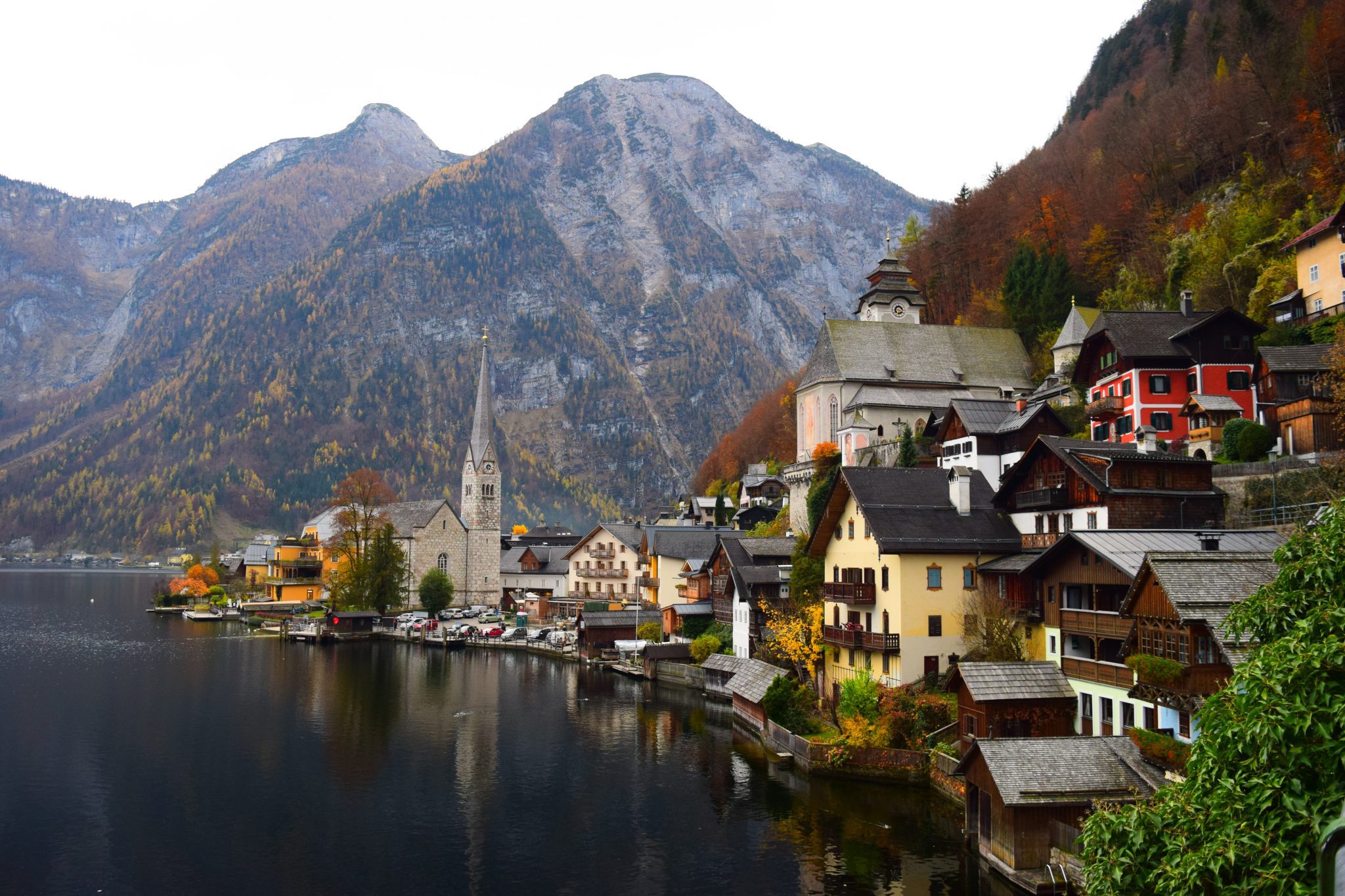Alternative Accommodations Are Growing Nearly Twice as Fast as Hotels in Europe: New Skift Research

Skift Take
Our latest research, a market size of the European Union accommodation sector, continues Skift Research’s effort to size the global travel industry. It builds upon our earlier U.S. accommodation sector market estimates by crossing the pond to Europe for the first time in this research series. This report covers all 28 member states of the European Union including, for the time being, the United Kingdom.
Below is an excerpt from our Skift Research Report. Get the full report here to stay ahead of this trend.
Preview and Buy the Full Report
European Union Accommodation Market Size
Europe is the largest tourist destination in the world, receiving 667 million visits in 2019, of which, the European Union received 523 million. This massive tourism industry is fueled by both leisure travel — Europe is home to 455 UNESCO world heritage sites, 45 percent of the global total — and business travel — the European Union is the second largest economic bloc in the world.
Unsurprisingly, Europe has one of the largest and most developed accommodation industries in the world, both in terms of the number of accommodations available and the sales they generate.
Revenue and Forecasts
Skift Research estimates that the accommodation sector in the European Union generated revenues of €200 billion ($220 billion at current exchange rates) in 2018, a 3.8 percent compound annual growth rate (CAGR) since 2008, the earliest year in our analysis.
Further, we forecast revenues in the accommodation sector to grow 3.1 percent this year to €206 billion ($227 billion) in sales; we see sales approaching €213 billion ($234 billion) by 2020, a 3.4 percent growth rate.
Exhibit 1: EU accommodation sector market size estimates, 2008–2020E

The accommodation industry shrunk significantly in 2009 during the global financial crisis and struggled once more in 2013 due to the European-specific recession caused by the sovereign debt crisis. The sector bounced back in 2014 and 2015 (8.3 percent and 8.1 percent growth rates, respectively) and has been growing nicely over the past few years.
We forecast that revenue will continue to increase in the coming years, but for growth to decelerate below the longer-term trend. For example, at the end of our 2020 forecast period, we expect for accommodation revenue to have grown at a 4.6 percent 10-year CAGR. However, we see the individual year growth rates for 2019 and 2020 coming in below that trend at 3.1 percent and 3.4 percent, respectively.
The fastest growing segment of accommodations in the European Union has been, and will continue to be, alternative accommodations. We see the sub-sector growing more than 1.7 times as fast as hotels, putting up a 7.4 percent CAGR from 2010–2020E compared to 4.3 percent annualized growth in the traditional accommodation sector.
Exhibit 2: EU accommodation sector market growth rates, 2009–2020E

Alternative accommodations represented 10 percent of the overall industry in 2014, 12 percent in 2017, and, due to its above-market growth rate, we expect it crossed 13 percent share in 2018. We forecast alternative accommodations to continue to steadily gain share in Europe.
Most alternative accommodations in Europe are incorporated businesses that operate apartments, bungalows, chalets, cottages, cabins, and youth hostels. Also included in our market estimate is the sharing economy — rooms or apartments let out by individuals who oftentimes share the space with their guests. Because these are not formally registered enterprises, they are often overlooked by government business statistics. We estimate that the sharing economy in accommodations grossed €2.3 billion ($2.5 billion at current exchange rates) in Europe in 2018. That means it made up 9 percent of the market for alternative accommodations and 1 percent of the overall accommodation market in the EU. (See our methodological footnotes at the end of this report for more details.)
Alternative accommodations today are more prominent in Europe compared to the U.S., where the sub-sector had a 7 percent market share in 2017 and we forecast it to have an 11% share by 2019.
Also worth noting is camping grounds, recreational vehicle parks, and trailer parks which control a small, but meaningful, niche in the market. These accommodation options are typically between 5 and 6 pecent of the overall market and we do not foresee that changing meaningfully through 2020 for the EU. That said, some smaller countries with less developed lodging infrastructure rely on campgrounds as a much larger part of their accommodation sector.
Exhibit 3: EU accommodation subsector market share, 2008–2020E

Preview and Buy the Full Report
Subscribe now to Skift Research Reports
This is the latest in a series of research reports, analyst sessions, and data sheets aimed at analyzing the fault lines of disruption in travel. These reports are intended for the busy travel industry decision-maker. Tap into the opinions and insights of our seasoned network of staffers and contributors. Over 200 hours of desk research, data collection, and/or analysis goes into each report.
After you subscribe, you will gain access to our entire vault of reports, analyst sessions, and data sheets conducted on topics ranging from technology to marketing strategy to deep dives on key travel brands. Reports are available online in a responsive design format, or you can also buy each report à la carte at a higher price.





